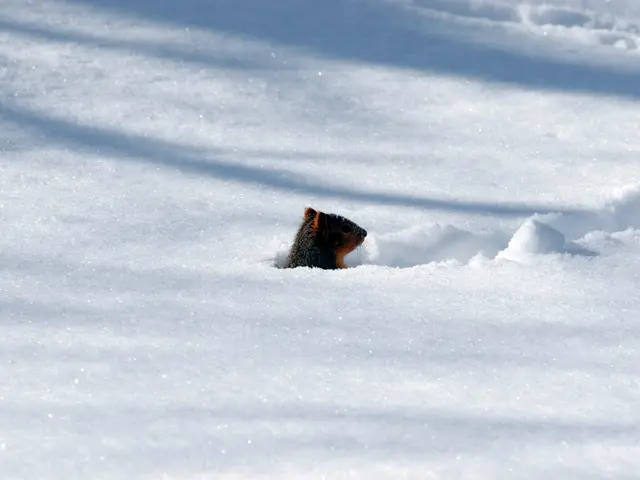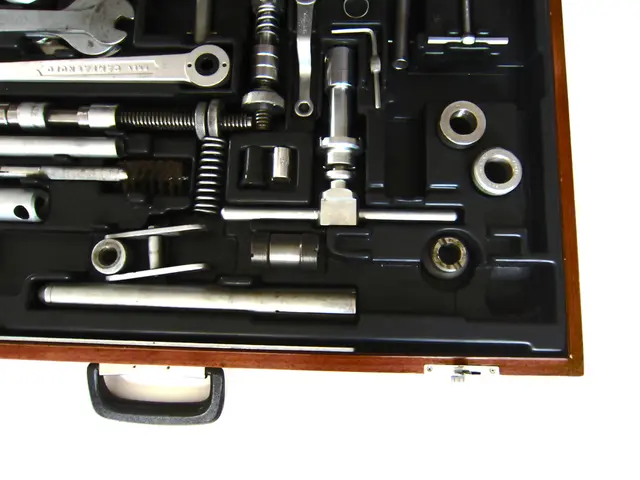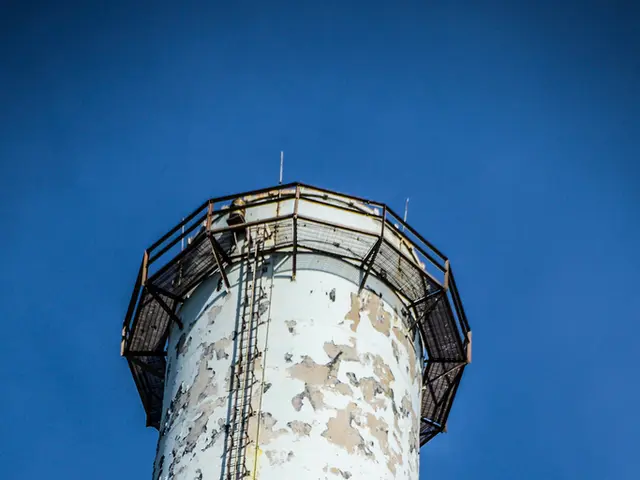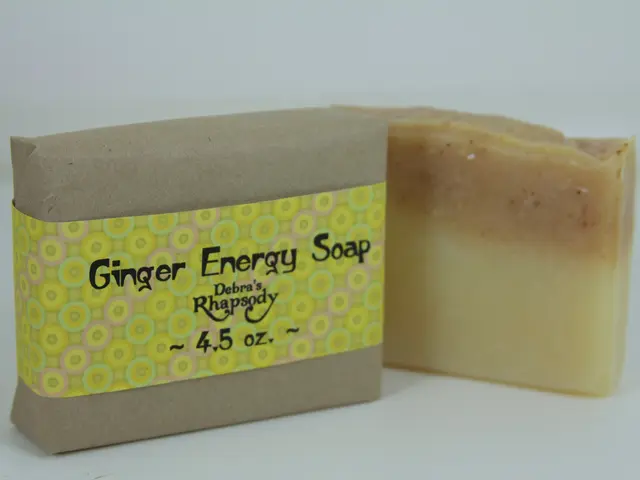Ideal Soil Compositions for Thriving Polka Dot Plant Cultivation
Polka dot plants, Hypoestes phyllostachya, are a popular choice for indoor gardening due to their vibrant and colourful leaves. To ensure the best growth and colouration of these plants, it is essential to provide them with the right soil mix and growing conditions.
The ideal soil mix for polka dot plants should be well-draining yet retain moisture without becoming soggy. A standard houseplant potting soil amended with perlite or sand for drainage is suitable. A mixture of peat moss, perlite, and general-purpose potting soil is also a good choice. Using an all-purpose organic potting mix or a palm soil mix can also work well, as they provide adequate drainage while preventing the plant from drying out too easily.
It is crucial to avoid using extremely fast-draining soil, such as very sandy or stony soil, as it will cause the plant to dry out too quickly. Conversely, waterlogged soil should be avoided, as it can lead to root rot. To maintain the right moisture balance, it is recommended to use a pot with proper drainage holes and to add pumice or perlite to the potting mix to improve soil drainage.
Polka dot plants prefer slightly acidic to neutral soil, around pH 6.0 to 7.0, which is typical for most houseplants. Maintaining this range supports nutrient availability and healthy growth.
The frequency of watering will depend on factors such as temperature, humidity, and the size of the pot. In general, the soil should be kept moist at all times, as polka dot plants have thin leaves and do not tolerate dry conditions. The top half-inch of soil should be allowed to dry out before watering, and watering should be reduced during winter months to avoid overwatering.
Polka dot plants thrive in warm temperatures, ideally between 60°F and 70-80°F. They are only hardy in USDA growing zones 10 and 11. In dry areas, a humidifier or a tray of water near the plant can help maintain ideal humidity levels of 40-50%.
Additionally, polka dot plants do well in bright, indirect light but can tolerate some direct sunlight, which enhances their vibrant leaf colors. Avoid letting them dry out, especially on sunny windowsills, and fertilize monthly during the growing season to maintain health and foliage vibrance.
In summary, provide a well-draining, consistently moist soil mix with slight acidity to neutrality, keep the plant in warm temperatures (65–80°F), and maintain bright indirect light for the best growth and coloration of Polka dot plants. With the right care, these plants will thrive and add a touch of colour to any indoor space.
[1] Gardening Know How. (n.d.). How to Grow Polka Dot Plants. Retrieved from https://www.gardeningknowhow.com/houseplants/hypoestes/growing-polka-dot-plants.htm [3] The Spruce. (n.d.). Polka Dot Plant Care: How to Grow Polka Dot Plants. Retrieved from https://www.thespruce.com/polka-dot-plant-care-3530520
- To ensure a thriving polka dot plant, adopt a health-and-wellness approach towards its care by providing a well-draining soil mix that retains moisture, such as peat moss, perlite, and general-purpose potting soil, or an all-purpose organic potting mix or a palm soil mix.
- Maintaining the right lifestyle for your polka dot plant includeswatering it properly with the soil kept moist at all times, but allowing the top half-inch of soil to dry out before watering, and reducing watering during winter months.
- To create the perfect home-and-garden environment for your polka dot plant, position it in bright, indirect light and maintain warm temperatures, ideally between 60°F and 70-80°F, while also considering the use of a humidifier or a tray of water to maintain ideal humidity levels in dry areas.








